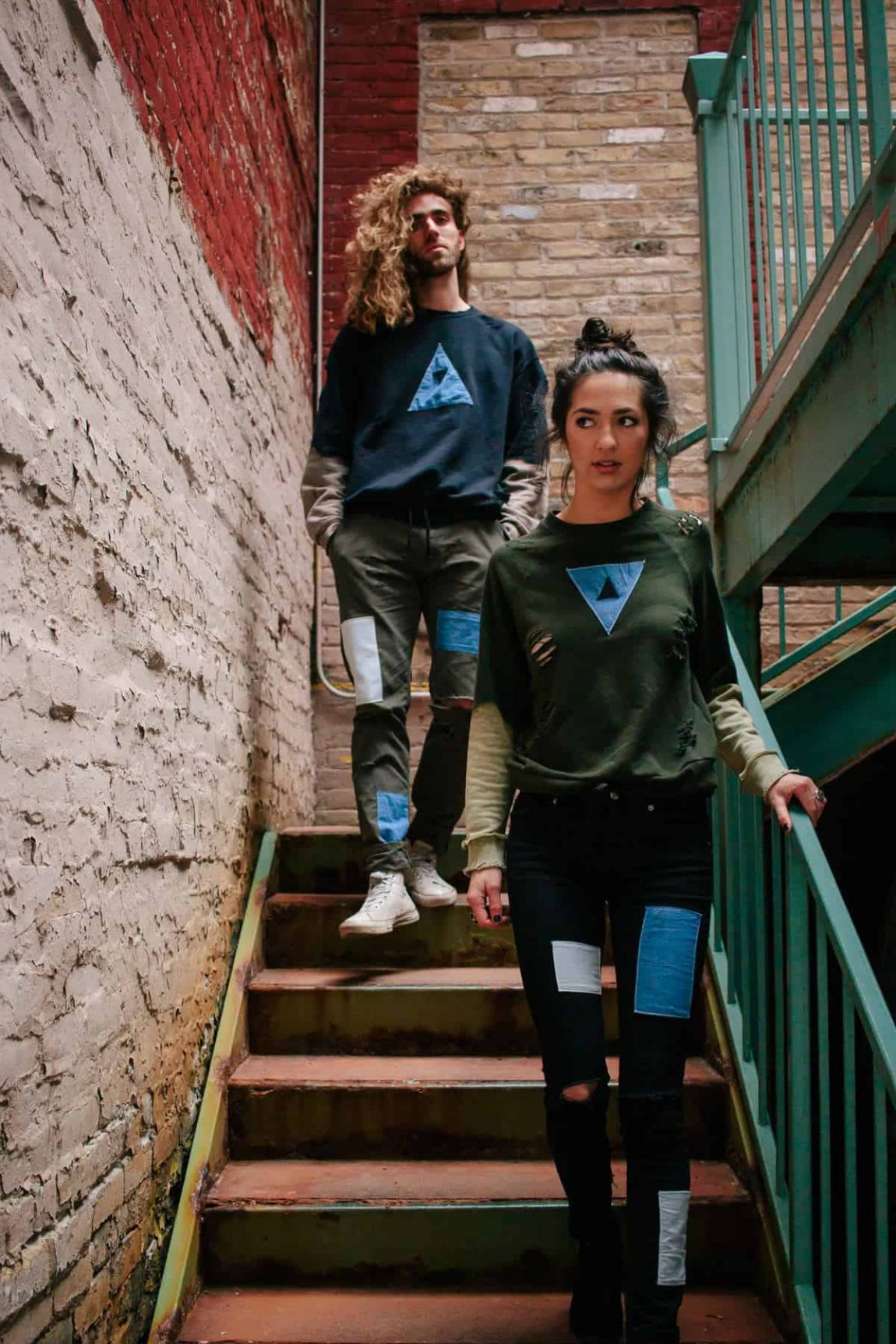Key Takeaways: Exploring the Fascinating World of Fashion Design
- Fashion Design Essence: A blend of art, aesthetics, and functionality in clothing and accessories, constantly evolving with cultural and trend influences.
- Designers’ Roles and Processes: Fashion designers anticipate consumer desires, craft individual garments, and work with various materials and styles, focusing on both functionality and aesthetics.
- Fashion Types: Ranging from haute couture (custom-made) to ready-to-wear and mass market styles, each serving different consumer needs and preferences.
- Fashion History: Tracing back to the 19th century with Charles Frederick Worth, the first to brand his creations, setting the foundation for modern fashion design.
- Global Fashion Hubs: Notable fashion capitals include the USA, France, Italy, UK, Japan, Germany, and Belgium, each contributing uniquely to global fashion trends.
Unraveling the Art and Science of Fashion Design
The Role of a Fashion Designer
Fashion design, a mesmerizing blend of art, aesthetics, and practicality, plays a pivotal role in crafting clothing and accessories. As fashion designers, we delve into various facets of design, from envisioning and sketching to the final creation. Our goal is to marry functionality with aesthetic appeal, catering to diverse tastes and occasions.
Crafting and Anticipating Trends
Designers must not only be creative but also prescient, anticipating and shaping future trends. This involves a thorough understanding of consumer desires and fashion cycles. We aim to create garments that are not just visually appealing but also align with the evolving tastes of our audience.
Design Diversity
Our work encompasses a wide spectrum, from haute couture to ready-to-wear collections. Each piece reflects a unique blend of materials, colors, and styles. This diversity caters to various market segments, ensuring that fashion is accessible and relatable to a broad audience.
The Evolution of Fashion Design
The Birth of Fashion Design
Fashion design, as we know it today, originated in the 19th century with pioneers like Charles Frederick Worth. It marked the transition from anonymous craftsmanship to designer-led creations, setting a precedent for the modern fashion industry.
Global Fashion Capitals
The fashion landscape is dotted with prominent hubs like New York, Paris, Milan, and London, each contributing uniquely to the global tapestry of fashion. These cities not only host major fashion events but also house renowned fashion schools and brands, shaping global fashion trends.
The Process of Fashion Design
From Concept to Creation
The journey of a fashion piece begins with a concept, often taking shape as sketches or draped fabric on mannequins. Technology plays a crucial role, with various software aiding in the visualization and refinement of designs.
The Importance of Fit and Function
A key aspect of fashion design is ensuring the fit and functionality of garments. This involves multiple iterations and fittings to achieve the perfect balance between style and comfort.
The Types of Fashion
Haute Couture: The Pinnacle of Personalization
Haute couture represents the zenith of personalization in fashion, with garments tailor-made for individual clients. This segment focuses on meticulous craftsmanship and exclusive materials.
Ready-to-Wear: Balancing Exclusivity and Accessibility
Ready-to-wear strikes a balance between the exclusivity of haute couture and the accessibility of mass-market fashion. These collections offer high-quality, trend-conscious options for fashion enthusiasts.
Mass Market: Fashion for All
The mass market addresses the broadest audience, offering ready-to-wear garments inspired by high-end trends but at more accessible price points and sizes.
Conclusion
Fashion design is a dynamic and diverse field, constantly evolving to meet the changing tastes and needs of consumers. As designers, we are committed to pushing the boundaries of creativity, functionality, and accessibility, making fashion an inclusive and expressive art form.
Frequently Asked Questions
- What is the primary role of a fashion designer?
- A fashion designer’s primary role is to design clothing and accessories, combining artistic vision with market trends and functionality.
- How do fashion designers anticipate market trends?
- Designers conduct market research, observe cultural and social trends, and use their intuition and experience to predict future fashion trends.
- What differentiates haute couture from ready-to-wear?
- Haute couture is custom-made for individual clients with high-quality materials and craftsmanship, while ready-to-wear is pre-made in standard sizes.
- What is the significance of fashion capitals like Paris and Milan?
- These cities are hubs of fashion innovation, hosting major fashion weeks and housing influential fashion schools and brands.
- How has technology impacted fashion design?
- Technology aids in design processes, from digital sketching to pattern making and market analysis, enhancing creativity and efficiency.
- What is the importance of fit in fashion design?
- Proper fit ensures comfort and enhances the aesthetic appeal of a garment, crucial for customer satisfaction.





